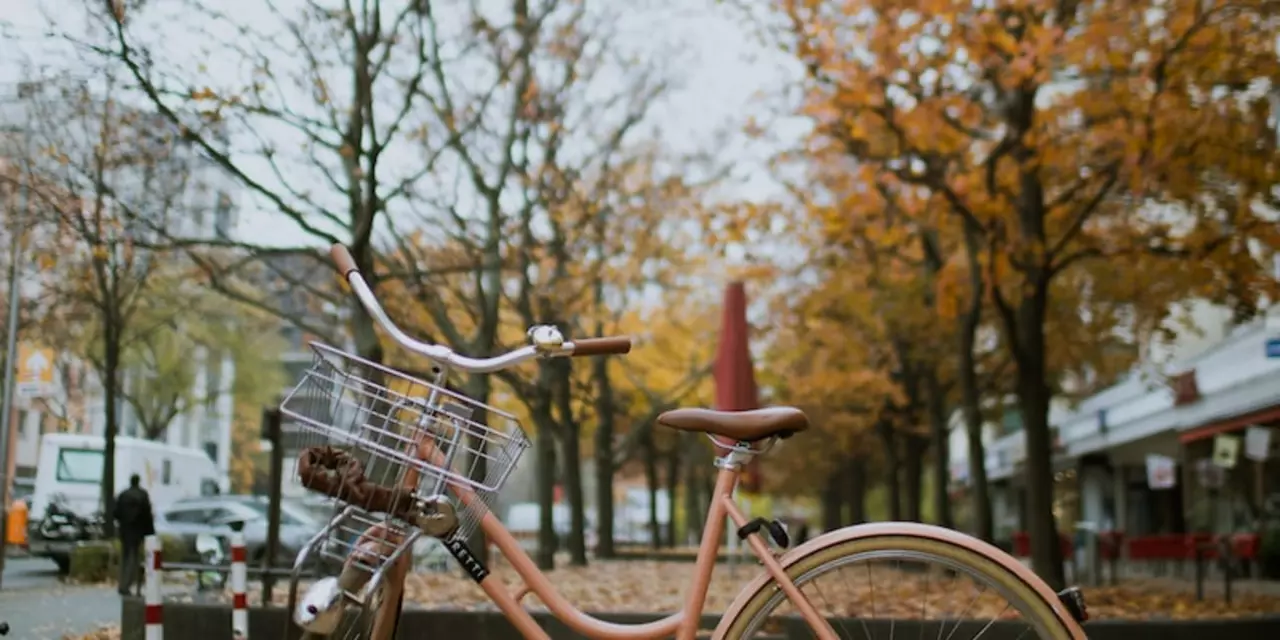SEARCH
Bicycle Guides, News and Gear for Every Rider
Whether you roll to work, hit the park, or train for a race, a bike can change how you move. Here you’ll find short, useful advice that helps you ride safer, feel better and pick the right gear without the jargon.
Health Perks of Riding a Bicycle
Riding a bike is a low‑impact cardio workout. In just 30 minutes you can burn about 250 calories, boost heart health and strengthen leg muscles. Because your joints aren’t slammed like they are in running, you can keep pedalling for years without wear and tear. Regular rides also lift mood – the fresh air and rhythmic motion release endorphins that beat stress fast.
Many riders notice better posture after a few weeks. Strong core muscles keep you upright, and a straight back reduces neck and lower‑back aches. If you’re looking to lose weight, combine cycling with a balanced diet and you’ll see results in roughly a month of consistent rides.
Choosing the Right Bicycle Gear
Gear doesn’t have to be pricey, but the right pieces make rides smoother. Start with shoes that clip into your pedals if you ride road or mountain bikes; they give you power and keep your feet from slipping. For casual commuters, flat‑pedal shoes with good grip work just fine.
Helmets are non‑negotiable. Pick one that fits snugly and covers the back of your head. A well‑ventilated helmet keeps you cool on hot days. When it comes to clothing, breathable fabrics keep sweat away from the skin, while reflective strips improve visibility at dusk.Don’t forget a sturdy lock if you park in public. U‑locks or chain locks with a thick shackle are harder to cut than cheap cable locks. A quick lock check before you leave can save you a lot of hassle later.
Beyond gear, simple habits keep you safe. Check tire pressure before each ride – a fingertip squeeze tells you if they’re too soft. Adjust your saddle height so your leg is almost straight at the bottom of the pedal stroke; this reduces knee strain and boosts efficiency.
If you ride on roads, stay predictable. Use hand signals, keep a steady line, and avoid sudden swerves. Riding in a group works best when everyone follows the same speed and signals, so newcomers can stay in sync.
Got questions about a new bike model or want to compare accessories? Our tag page pulls together the latest reviews, health tips, safety guides and rider stories. Browse the posts, try a few suggestions, and feel the difference on your next ride.
Remember, the best bike experience comes from a mix of good equipment, smart habits and a love for the road. Keep these basics in mind, and you’ll ride longer, stronger and safer.

Is it safe riding a bicycle on Boston roads?
Riding a bicycle in Boston is generally considered safe, but cyclists should be aware of several risks that can present themselves when navigating the roads. It is important to wear a helmet, obey the rules of the road and use hand signals to communicate with other drivers. Additionally, cyclists should be aware of the dangers of riding in traffic and should be sure to stay visible and alert. Furthermore, it is important to plan ahead and familiarize oneself with bike-friendly routes. Taking these steps will reduce the risks associated with cycling in Boston and make the experience both enjoyable and safe.
Continue reading
Is it safe riding a bicycle on Boston roads?
Riding a bicycle in Boston can be a safe and enjoyable experience. The city has invested heavily in bike infrastructure, including lane separations, improved signage, and dedicated bike paths. The city also provides resources for cyclists, including bike safety classes, information about bike laws, and repair shops. Despite the city's efforts, cyclists should still exercise caution when riding, as many drivers are not used to sharing the road with cyclists. Cyclists should always wear a helmet, obey traffic laws, and use reflective clothing or lights when riding at night.
Continue reading